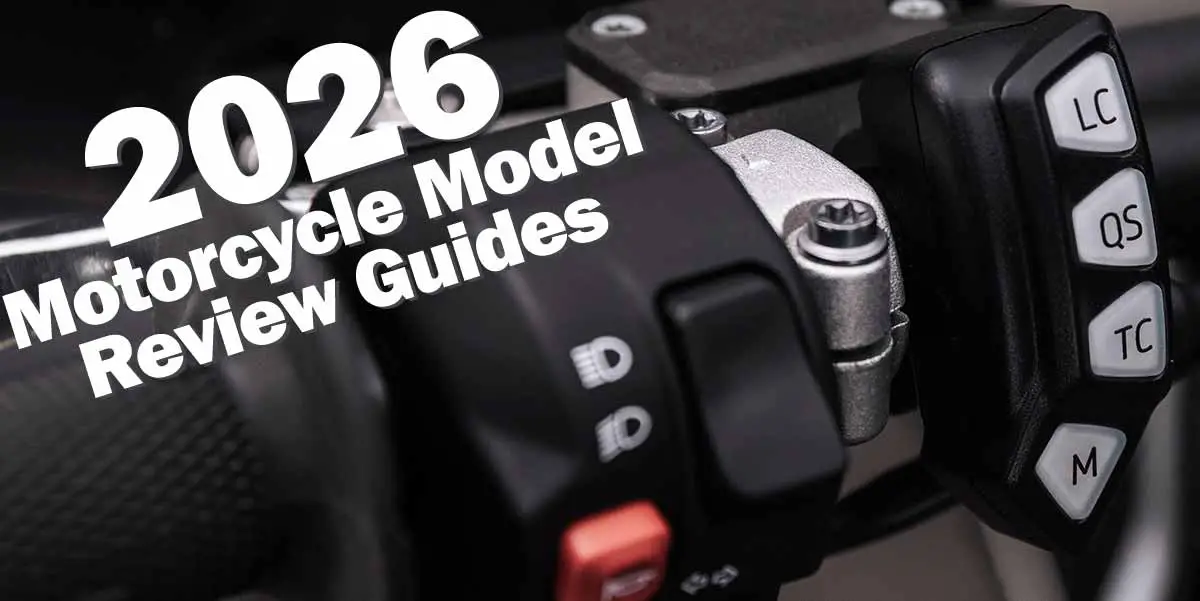
Scrambling is in the DNA for Triumph. Back in the 60s, Triumph-powered machines were taking over the grid in the UK and Europe – and bringing home the gold.
FTR catches up with Richard Winn, classic scrambling commentator and ex-competitor, to find out more about what scrambling is, why it was so popular and what it means to those who love it.
“Scrambling in the UK was huge in the 60s. I mean, it was on BBC Grandstand on Saturday afternoons. There were only three channels back then, so I’d be one of three million others watching these guys. It came about because the BBC needed something throughout the winter to fit in with the horse racing. These riders, out in the freezing cold every weekend, were our heroes.”
Late 50s – Bryan Sharp, a regular competitor, rides a fairly standard Triumph in the Somerset Grand National
Richard’s parents both rode motorcycles, so his love for scrambling was somewhat inevitable: “I guess I was raised in that environment and it always fascinated me. There was a motocross track only a couple of miles from where I lived. At six years old I could go and see those big stars I’d seen on TV live at Bassenthwaite in the Lake District. I’ve been hooked ever since.”
Richard started as a road bike rider and fancied trying his hand at classic scrambling: “I’ve always been absolutely obsessed with it really, so I gave it a go.”

What defines scrambling?
“Scrambling is an outside sport, mainly ridden on natural tracks and trails. Today it’s evolved into motocross – which is the French name for cross-country motorcycling – and even into Supercross in the USA. It was invented in England in 1924, in Camberley. In their purest form the bikes were little different from the road bikes of the time, with very little suspension travel. It has always been a highly skilled sport, but it was tricky on the older non-purpose-built machines.”
“Triumph-powered bikes ruled the grid”
“The 60s is described as the golden age for scrambling,” Richard explains. “Brothers Don and Derek Rickman were competitors and very capable mechanics. They decided to make their own custom machines with Triumph T100 engines in the late 50s. They proved to be very quick.”
Both brothers were competitive and between them they won five Motocross des Nations between the years of 1959 and 1966.
“Steve McQueen rode the Triumph-powered Mk3 Metisse in 1961. It was a very dominant bike,” Richard explains. “The Rickman brothers made their own frames by this point, with fibreglass bodywork and Triumph engines. They’re beautiful bikes. In 1964’s Motocross des Nations – the biggest event on the scrambling calendar – more than half the entries were on those Triumph-equipped Metisse motorcycles.”

In the 50s and 60s, it wasn’t unheard of for riders to ride their bikes to the race, take the number plates off, compete, then stick them back on and ride home. In many ways that’s the spirit of Triumph’s new Scrambler 1200. With its incredible off-road capability and comfort on the roads (although with a much more powerful motorcycle than those of the early days) the scrambler spirit continues.
“Scrambling for me is the classic look of those older bikes, natural tracks and more standard-looking motorcycles,” Richard says. “Triumph certainly has a rich history with the sport.”
Special thanks to Triumph’s For the Ride, Richard Winn, Eric Miles and Ron Custard for photography and Cumbria Classic Motocross Club for our Rider Inspiration Story this week!

Michael Le Pard (“Mr. Totalmotorcycle”) is the Founder of Total Motorcycle, the world’s largest motorcycle information site, trusted by over 430 million riders since 1999. With over 34 years of experience in motorcycles, gear and rider culture, he has built a global community dedicated to empowering and inspiring motorcyclists.
Total Motorcycle remains his passion project. Combining expert research, hands‑on knowledge and a commitment to helping riders make informed decisions about bikes, gear and safety worldwide.


